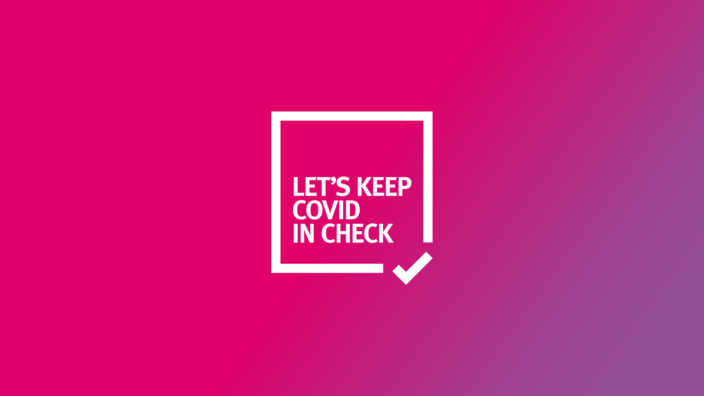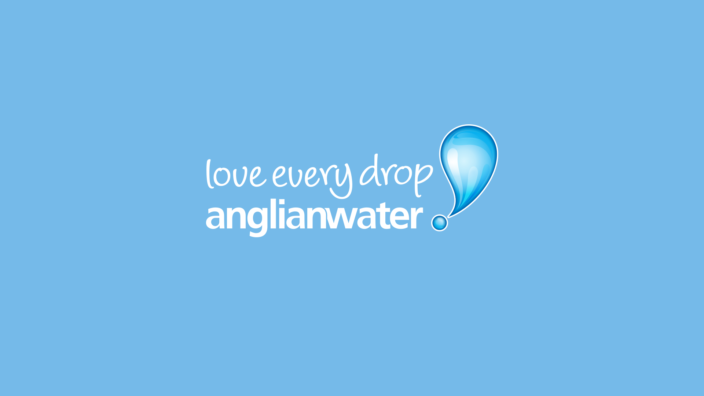Behavioural insight and diagnosis
While it can be tempting to jump right to the solution, if you want optimised, scalable, sustainable behaviour change outcomes, you first need to fully understand the behaviours in question and the various contexts that surround and inform them.
Behavioural mapping helps us move beyond a basic understanding of what people are doing, to a more complete understanding of the ‘why’: why this behaviour and why now, or why not? It explores who exactly is likely to do what, where, when, how, in what scenarios, for how long, and how often.
We believe that multidisciplinary thinking brings a more complete understanding of the benchmark behaviours. It’s for this reason that when working with you to map behaviour, we incorporate the latest tools, processes, and insight from the fields of behavioural science, social marketing, neuroscience and social anthropology, as well as some more surprising areas like songwriting. By mapping behavioural insight onto your customer or user pathways, we’re able to identify the most impactful ways to engage your audiences.
Customer/user journey mapping
Mapping customer and user journeys allows us to identify the possible target zones for behavioural interventions. As well as mapping the physical steps on the customer or user pathway, we also explore such things as:
- The cognitive steps and thought processes that different audiences might have; this helps you to pinpoint the right audience(s), the optimal point in the journey to introduce an intervention, and how communications might best be framed.
- The pathways for achieving alternative, potentially competing behaviours as well as the desired behaviours; this allows us to consider what we’re ultimately making the desired behaviour easier than.
- Touchpoints that are encountered and interacted with along the way; this informs the optimal time and place to position interventions.
Goal definition and refinement
We help you shape and express goals that are specific, achievable and impactful.
Journey mapping sprints and workshops
Work in partnership with our in-house behavioural science team to efficiently and thoroughly identify the necessary steps for your audiences to achieve their defined goal.
Audience mapping
Consider the day-to-day journey required to meet the desired goal from the perspectives of different customers/users.
Behavioural diagnosis
To inform the selection of target zones, and understand how best to engage audiences within them, we can diagnose people’s drive and likelihood to perform desired behaviours.
To get the clearest possible picture, we look at audiences and their behaviours through multiple lenses, including: cognitive shortcuts (i.e. biases and heuristics); behavioural barriers (e.g. required physical, mental and emotional effort); motivating factors (e.g. rewards, or their personal goals, values and beliefs); and any relevant social norms and situational influences.
With this behavioural insight mapped onto the customer or user journey, you’ll be able to prioritise action areas with confidence.
Bias and heuristic diagnosis
Leverage behavioural science insight to identify all the non-conscious reasons why audiences are finding it easy or difficult to get from one step of their journey to the next.
Motivation and trade-off analysis
Consider audience goals and what they hope to achieve from the desired behaviour. Identify the different motivating factors (such as money, time, and effort) and how they interact with each other.
Behavioural barrier analysis
Map behavioural insight onto the audience journey to identify friction points and bottlenecks that are preventing them from taking desired actions.
Contextual research
Reviewing the best of the existing research is a great place to start, and our team is experienced in finding, filtering and analysing the most relevant available insight.
However, pre-existing research isn’t always going to be applicable to your specific contextual needs; it may be outdated, it may have been conducted in a different country or culture, or amongst a very different audience group (for example, many published studies just have student participants).
Ensuring the behavioural insight is tailored to fit your specific context will always result in more reliable recommendations. We achieve high response and completion rates for our primary audience research in a number of ways. We limit required participant effort, and avoid barriers like acronyms or jargon. We avoid leading questions, ambiguity and bias. And by using photo, video, vignette, mobile ethnography and observational techniques, we help ensure the results are true-to-life, with real-world applicability.
Desk-based evidence review
Review the pre-existing, best available research and evidence to populate maps, inform diagnosis, and identify gaps where original context-specific research might be necessary.
Survey design and delivery
Get results that are tailored and optimised for your specific contexts with proven survey design and analysis.
Randomised control trials
Enter the design phase of your interventions with confidence, knowing we’ve conducted primary research, using best-practice behavioural science techniques, tailored to your contextual needs.
Want to discuss a behavioural insight and diagnosis project?
Get in touchRelated projects
WWF
A strategic planning toolkit to drive global stakeholder engagement
WRAP
A national strategy for sustainable behaviour change
Essex County Council
Targeted behavioural interventions to build a Covid-safe culture
Anglian Water
Strategy and brand to drive sustainable behaviour at scale


